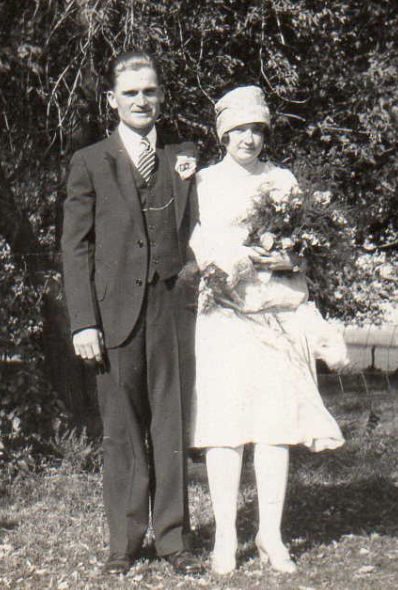Little Brick School
- Rochelle Gridley

- Mar 21, 2017
- 3 min read
By 1874, there were 252 rural and town school districts in McLean County (Good Old Times in McLean County). One of these was District 86, which had its schoolhouse a mile past the edge of Bloomington on West Washington Street. The school was established in 1865 and first met in the home of Mr. Emerson and was therefore called the Emerson School for some time. It was later called the A. Washburn School for the florist and then the Little Brick School, even after it was stuccoed over in 1917.
The school was concerned about the health of the children. In 1922 the Pantagraph reported that of the 58 children who started the school year at the Little Brick School, 6 were NOT underweight. By the end of the school year, this statistic was reversed and only 6 children were underweight. Mrs. Weekly, the teacher, attributed this to the emphasis she had placed on milk in nutrition for the children in her teaching. She also used milk in the MEALS SHE PREPARED FOR THE 35 CHILDREN WHO REMAINED AT SCHOOL FOR LUNCH. The TEACHER prepared the meals. These women were so overworked and so under paid, it is truly pitiful what was expected of rural teachers. Not only did she prepare the food, she had to shop for the food as well. And I am absolutely positive that the school teacher could not afford a personal automobile to carry the groceries from the store to the school.

During the days when the Pantagraph gave charming coverage of the schools and school children, we can know a great deal about the schools. The schools were actually the hub of rural life, providing a place for meetings and reasons for meeting. Mother's Clubs were very popular and were not merely an excuse for drinking coffee. Each meeting was hosted by a different mother and had a speaker on some subject of interest to the ladies. Roll call for the members was answered with themed responses, such as "St. Patrick quotations" or Thanksgiving recipes."
The PTA performed the same functions PTAs still perform -- they raised money for school room equipment and play ground equipment.
Specials days at the school included the birthday of Thomas Alva Edison. Each child in the upper grades was assigned an aspect of Edison's life on which they spoke. At the end of the summer the children had a special picnic to celebrate their garden school work. Prizes were awarded for the best displays of vegetables and fruit. During the Great War, twenty four children were each given a dime, to invest and raise money for the war effort. After six months the children reported and donated their money, totaling $17.50. They had used to money to raise and sell eggs, popcorn or other garden produce. Only five of the children had not managed to make a profit with their dimes. The children also voted to use the $10 that the PTA usually spent on their Christmas party for the war stricken countries. In other articles it was apparent that the children of the school had "adopted" a war orphan in Europe.
The Little Brick School, from 1927 to 1941 was affiliated with ISU as a training location for student teachers who would eventually go to the rural school systems. The Little Brick School had anywhere from 40 to 60 children enrolled and just one teacher. In 1942 the school was enlarged because of the enrollment numbers and a second room added so that two teachers could teach there.
Besides learning reading and writing and arithmetic, these children learned cooking, sewing and handicrafts. The girls learned sewing and displayed their accomplishments at various evening gatherings at the school. A quilt created by the girls was donated to the Baby Fold. Food prepared by the girls was eaten by all the children. Bird houses were a popular handicraft for the boys to build.


Comments